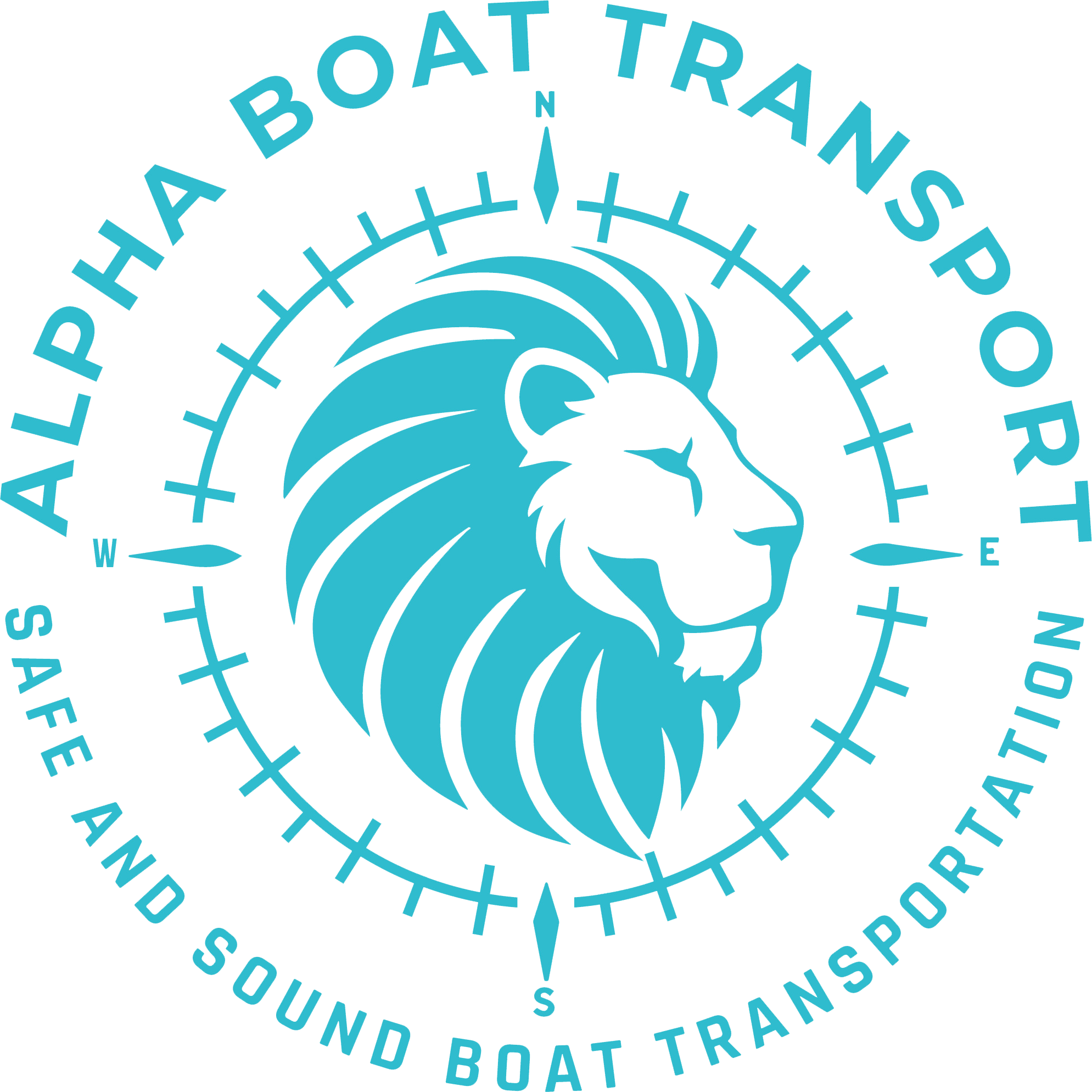Why Boat Owners Are Scrambling Over New Oversize Transport Rules
Listen, here’s the deal—if you’re planning to haul your Small Cabin Cruiser boat transport route this fall, buckle up. According to data from the BoatUS transport advisory, new state-level rule changes are throwing boat haulers off course—literally—especially if you’re running tall vessels over 14 feet 6 inches. You could go from a straight-shot interstate run to weaving through washed-out backroads in hurricane-rattled counties you’ve never even heard of.
That’s not just annoying—it’s expensive, risky, and mentally exhausting when you’ve got tens of thousands of dollars sitting on that trailer.
This article breaks down what’s changing, why it matters, and how smart boat owners can still come out ahead. Spoiler alert: you’ve got a tight window to adapt.
The New Nightmare: Pre-Haul Route Surveys and Height Caps
Let me paint a picture. You’re hauling your 32-foot cabin cruiser out of Florida after a wicked storm season—only to find out you now need a specific pre-haul survey because it stands over 14’6″ stacked? Yeah, welcome to October 2025 reality. More than 60% of states, per Heavy Haulers data, now require these surveys, and they don’t come cheap or fast.
Even a single low overpass or debris-blocked bridge turns your trip from a two-day cruise to a four-day logistical hellscape. South Carolina, for example? Flash floods slash allowable axle weights below 20,000 pounds in flood zones—and if you’re not perfectly balanced with hydraulic bunks? You’re not moving.
Important takeaway: height, not just length, is now king.
Hydraulic Trailer Bunks: A Game Changer You Can’t Ignore
Smart haulers are now leaning hard on trailers with adjustable hydraulic bunks to precisely regulate ride height and axle weight distribution. It’s not optional anymore—it’s survival. One inch too tall and your route gets denied. And trust me, getting re-permitted mid-haul? Forget about it.
Planning a route for oversized Small Cabin Cruisers boat transport now takes finesse, custom lifts, and up-to-the-minute DOT data. Alpha Boat Transport stays ahead of this game with proprietary software that adjusts ride profiles dynamically—a advantage that keeps expensive delays at bay.
How Falling Leaves Are Wrecking Axle Ratings
Here’s something most folks miss. You know how beautiful fall foliage is in the Midwest and Carolinas? Well, it’s clogging storm drains and spawning pop-up flash floods that damage secondary roads and short-term bridge structures. Those localized disasters are now prompting emergency DOT axle limits—sometimes dropping to 18,000 per axle with zero notice.
That’s no joke when you’re transporting something like a Chris-Craft 30 cruiser on tri-axle spreads. Wrong setup? You’re rerouted—or even worse—fined. Boat owners heading inland post-hurricane season need nimble haulers who can adapt quickly.
Long-distance boat hauling during autumn is no longer about distance—it’s about adaptability. That’s why working with firms like Alpha Boat Transport, who monitor culvert alerts and DOT announcements daily, gives you the upper hand.
State-by-State Mayhem: When Weekend Hauls Just Don’t Happen
Now, let me put it this way—if you’re thinking of trailering your boat across three or four states during a single weekend, you better think again. States like Pennsylvania and Maryland don’t even process oversize permits on Fridays anymore due to staffing cutbacks. And don’t even get me started on Delaware’s DOT website—it’s more outdated than my uncle Vito’s nautical charts from 1987.
Want to haul Saturday to beat the weather? Not happening. Most states ban oversize highway runs on weekends and holidays now. So yeah, if you’re counting on that Sunday push through the gap to beat a cold snap, you’re out of luck.
Alpha Boat Transport has already adjusted its setups to account for these quirks. They use software that integrates public DOT feeds and in-house scouted routes from their certified survey experts. That’s how they’ve been keeping Small Cabin Cruisers boat transport on schedule even when things go sideways.
Sneaky Pitfalls That Blow Up Your Transport Budget
Side note—and this drives me up a bulkhead wall—insurance companies often cap coverage during “known hazard seasons” like post-hurricane October. So, if your boat gets stuck on the side of the I-95 in North Carolina because a torn-off sign took out your radar? You’re paying out of pocket because “flood advisory protocols” were in effect. Yeah, they sneak that right into the fine print.
This is where prep makes or breaks you. Hydraulic bunk systems, low-profile lift arches, wind deflectors—all cost a bit more up front but save thousands in risk premiums. Not to mention compliance fines for avoidable infractions.
View Alpha’s checklist-style prep guides like Motor Yacht Transport Checklist and Boat Transport Prep Guide for customizable tools to stay within budget.
Hidden Tech Running the Modern Boat Haul—And Why It Matters
Now, here’s something most folks don’t realize: the modern Small Cabin Cruisers boat transport industry is going full-on digital. GPS-route simulations, tire-pressure monitors that report in real-time, even axle load sensors that send alerts straight to driver tablets. Companies like Alpha Boat Transport are using this tech today—not in 2028 like the big brokerages promise.
With demand spiking and post-pandemic DOT tech tightening, you need a hauler that’s already there—not figuring it out mid-haul.
I was talking to a marina manager in Tampa last week—he said Alpha’s crew were the only ones landing at his yard with pre-cleared route docs, transport insurance binders, and floodplain detours already sorted. That’s what separates pros from providers.
Real Owners, Real Hauls, Real Regulation Nightmares
My cousin Sal recently helped a client haul their 36′ Sea Ray up from Gulfport to Michigan. Know what happened? Mississippi added a new rule: all bridge passes over 14’ must come with photographic verification of under-clearance taken within 48 hours of haulout. Yeah. Guess how many haulers were caught flat-footed?
Alpha had boots on the ground. Their permit department coordinated selfies with bridge inspectors to greenlight the run. No delays, no detours.
Boat hauling companies who still lean on “good enough” figuring—they’re gonna find themselves real unpopular when this year’s storm-damaged spans hit critical load limits mid-transport.
Frequently Asked Questions
How do I measure the height of my Small Cabin Cruiser for transport laws?
Measure from the ground to the highest fixed point when trailer-mounted. That includes GPS domes and radar arches. Accurate boat height is crucial now that many states target vessels over 14’6″ with strict survey mandates for Small Cabin Cruisers boat transport.
Will I need a permit if I’m trailering my cabin cruiser across states?
Yep. If your boat exceeds 8’6″ in width or 13’6″ in height (varies by state), you’ll usually need oversize permits. These differ by state, so Small Cabin Cruisers boat transport routes often require multiple applications with varied lead times.
How does weather affect transport planning for boats like cabin cruisers?
Flash floods, leaf-clogged drains, and storm-damaged roads significantly impact Small Cabin Cruisers boat transport routes. States may impose sudden axle weight limits or close key overpasses, forcing rerouting for high-clearance hauls.
What’s the biggest mistake owners make before transporting a cruiser?
Not verifying their boat’s true rigged height including transport setup. A 2-inch miscalculation on a Small Cabin Cruiser boat transport can shift your route from approved interstates to unpaved county loops—or worse, deny permits altogether.
Can I haul a 30-foot cabin cruiser myself with a pickup truck?
Rarely feasible unless you’re fully compliant with DOT requirements including commercial insurance, proper permits, and a rig meeting axle and height rules. Most Small Cabin Cruisers boat transport setups exceed non-commercial hauling standards.
What is the safest season to transport a cruiser across multiple states?
Late spring is ideal—after frost warnings end and before hurricane season kicks off. Fall is riskier due to storms, foliage drainage issues, and unpredictable DOT restrictions, especially for Small Cabin Cruisers boat transport.

